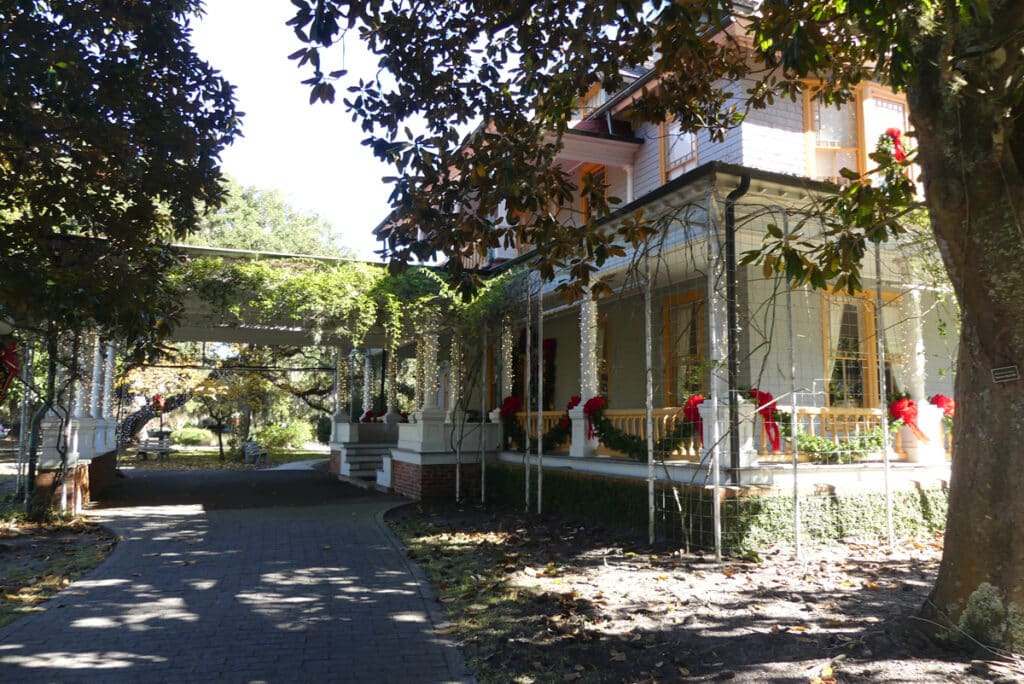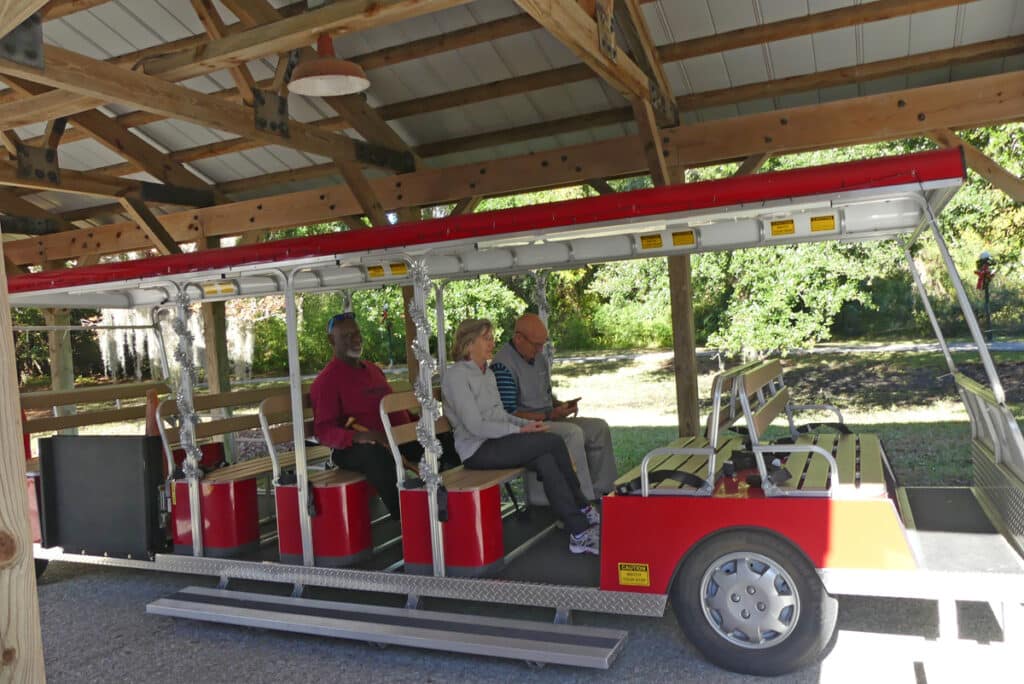Jekyll Island Before It Was a Millionaires’ Playground
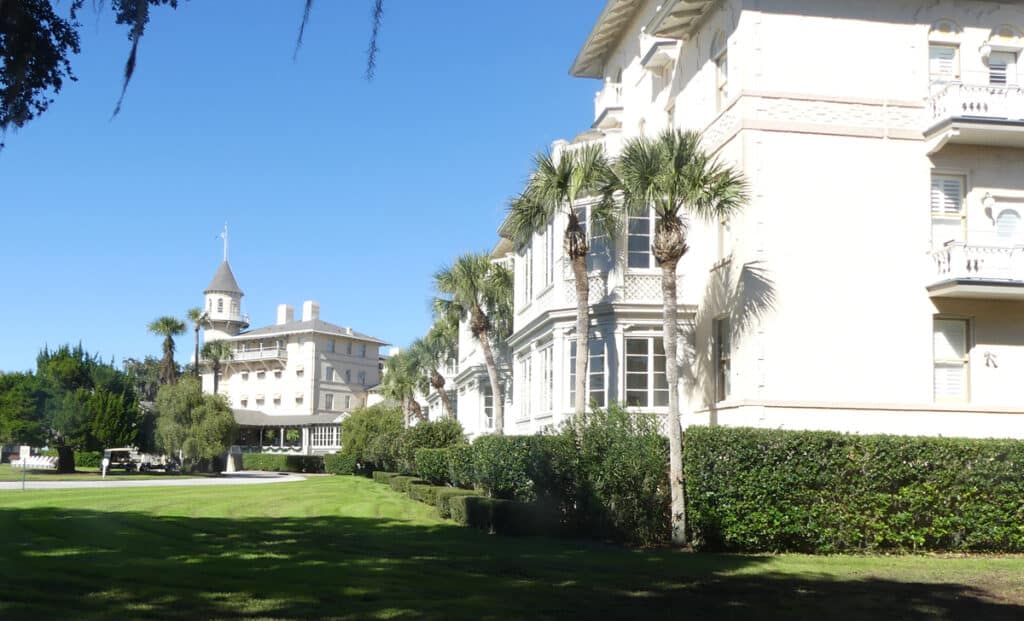
Jekyll Island today is well known as a Georgia State Park where we can view a preserved piece of the lifestyle of the elite during the time of the robber barons. But did you know it also has a piece of history that was a factor in the Civil War? It was here that an illegal slave ship, The Wanderer, arrived on November 28, 1858, with over 400 people who were sold into slavery. It was one of the last slave ships to bring illegally enslaved people into the country. There is a memorial sculpture on the southern end of Jekyll Island dedicated to them. The Wanderer Trail, which opened in 2018, tells their story at St. Andrews Beach Park, where the ship docked.
Looking back into Jekyll Island’s history is like looking at a microcosm of the history of America. In 1733, native Timucuan people saw a strange group of men stepping into their country. They soon met the leader, General James Oglethorpe, and the island’s history changed. Oglethorpe named the beautiful island in honor of his friend, Sir Joseph Jekyll, an English financier. Mosaic, Jekyll Island’s history museum, has exhibits telling the history from the Timucuans on to the millionaires.
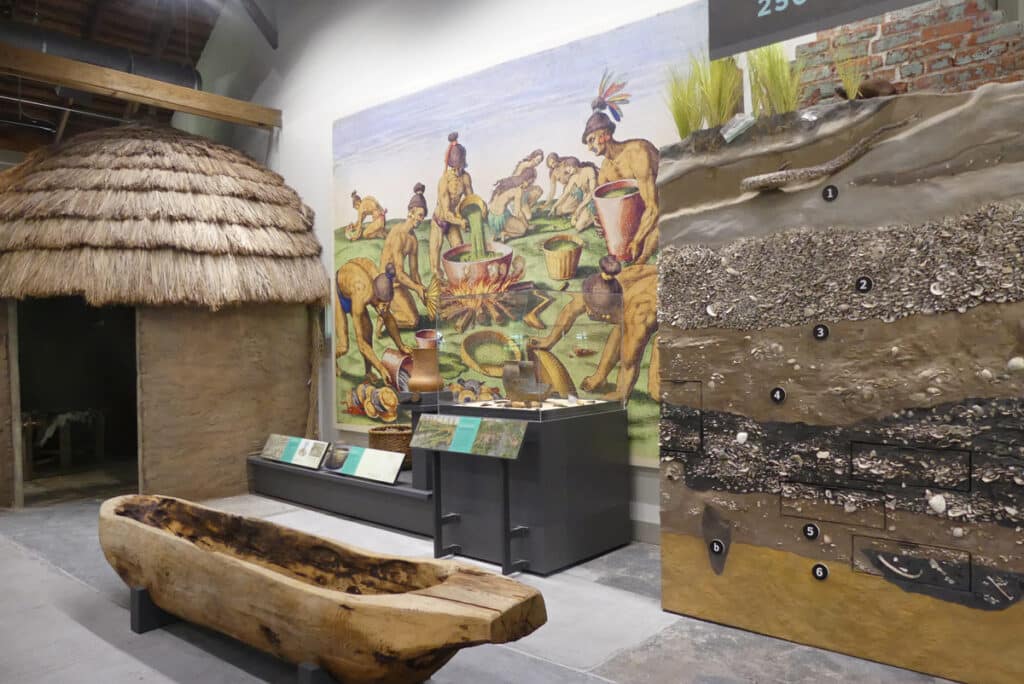
The first owner of the island, Major William Horton, built a tabby house in 1743. He sold the island to Christophe Poulain DuBignon in 1794. The Dubignon family grew cotton on the island. When the importation of enslaved Africans into the country became illegal in 1807, it lowered the DuBignon family’s profits.
Back in 1858, Jekyll was a very different place than today. No millionaire’s mansion or magnificent turreted clubhouse graced the island. Cotton was king here and many people would break the law to keep it that way.
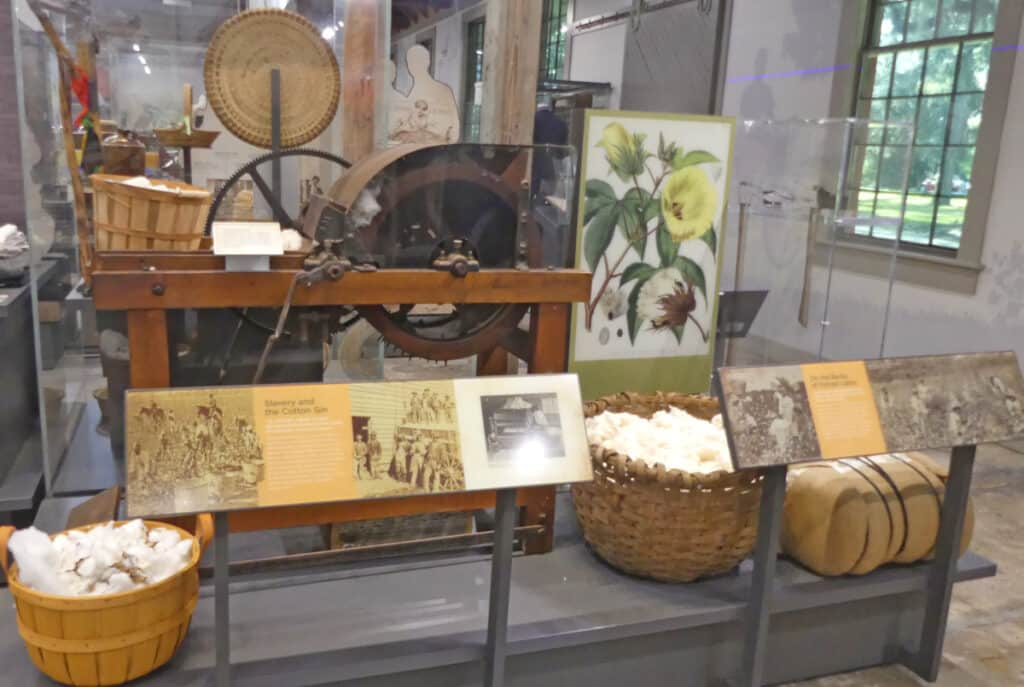
Charles Lamar, a Savannah businessman, teamed up with William Corrie, who had a partial interest in a yacht called The Wanderer. The yacht was outfitted with the latest luxuries of the day, brass fittings, exotic woods, leather-bound volumes in its library. But what drew Lamar to it was that it was faster than any other vessel in the New York Yacht Club. After purchasing it, Corrie and Lamar had a secret deck added to the yacht where they could cram hundreds of captives.
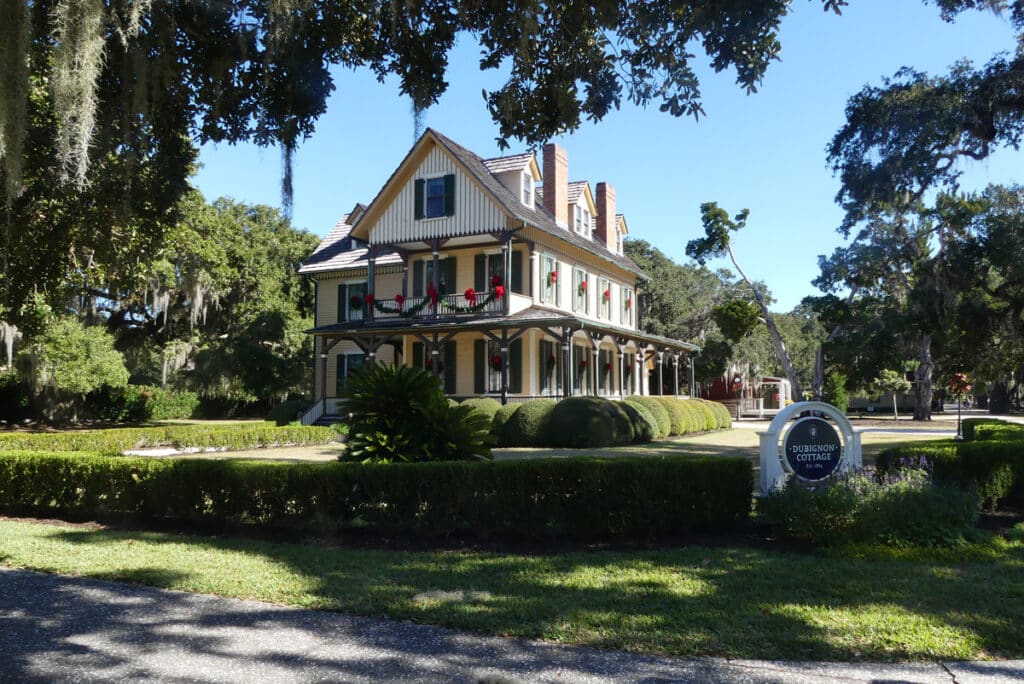
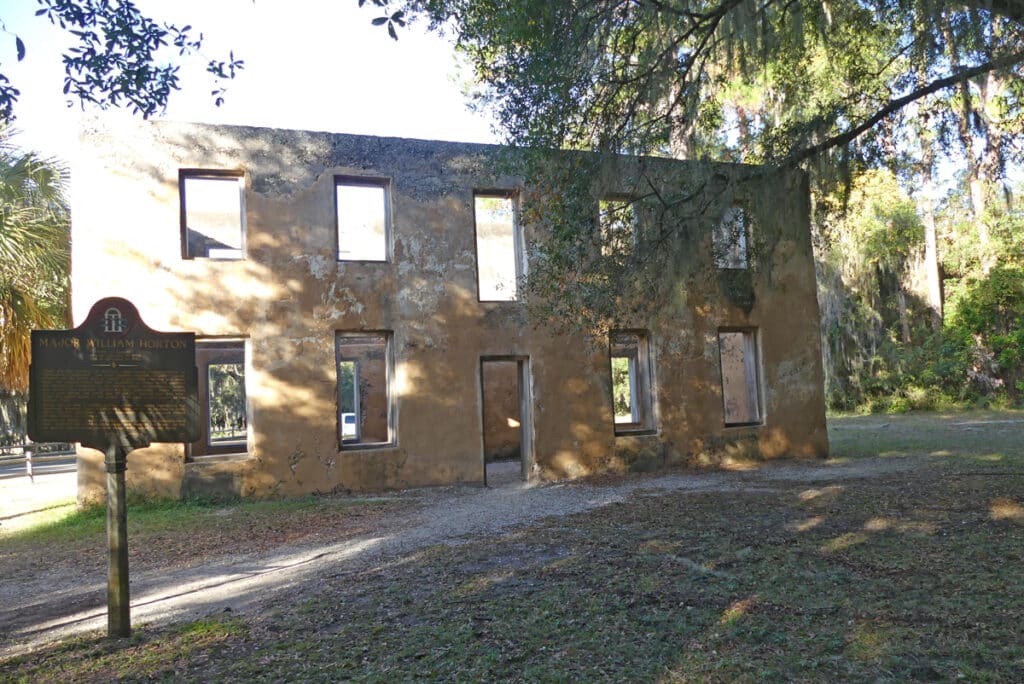
They sailed it to the Congo and stacked 487 captured Africans—men, women, and children—into the deck, which allowed about a foot in width, eighteen inches in height, and less than five feet in length for each person. During the six-week journey back to Georgia, about eighty of the Africans died.
John Couper DuBignon was part of the conspiracy. His tabby house was where The Wanderer’s owners and crew came after landing. They quickly sold the captive Africans through the south from Florida to Texas. Some remained on Jekyll as DuBignon’s property.
Of course, such a large operation couldn’t remain a secret. The federal government brought charges against Lamar, Corrie, DuBignon, and others, but with a trial in the South, the charges were quickly squashed and they remained free, unlike their captives.
The Horton House and DuBignon family cemetery, just across the street, are open to view and there are placards telling their story.
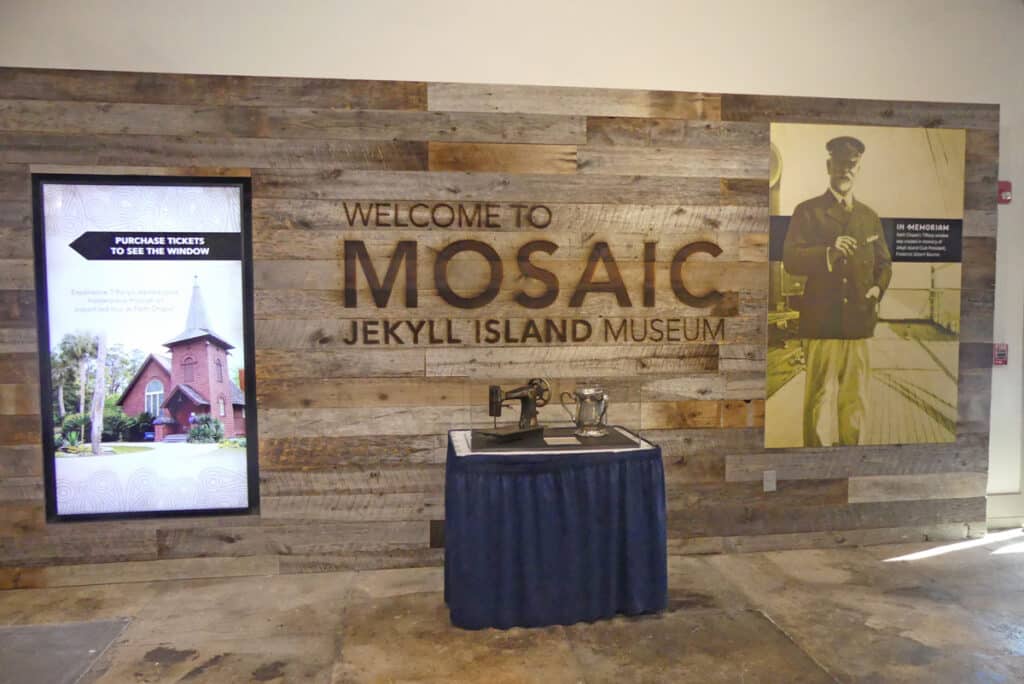
Mosaic, in the Historic District, tells more of the story. One exhibit lets you listen to some stories told by the captives from The Wanderer. Lucius Williams is the focus of one story. They captured him as a 10-year-old while out hunting for peanuts for his family. Two Black men grabbed him, tied and gagged him, and eventually dragged him to the ship. When Lucius, who was named Umwalla in Guinea, Africa, saw his first white man, he was even more frightened. He survived the horrendous conditions aboard the vessel and was sold and put to work at a South Carolina plantation near Beech Island. His story is read by an actor based on an interview Lucius gave in 1888.
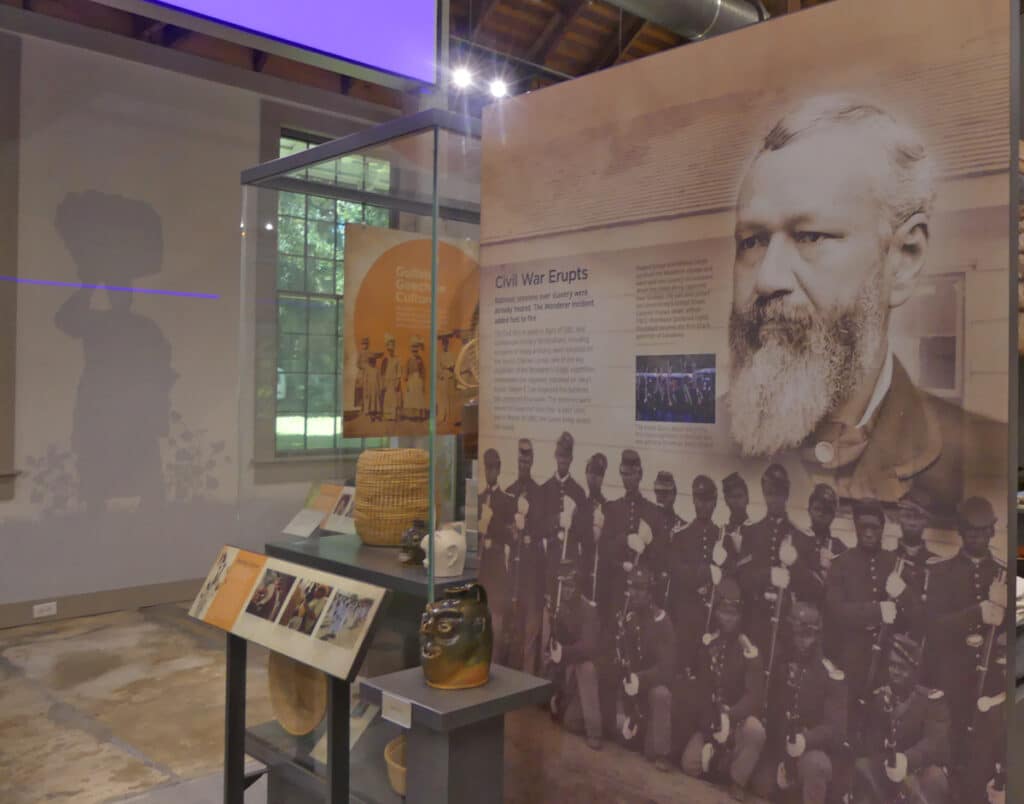
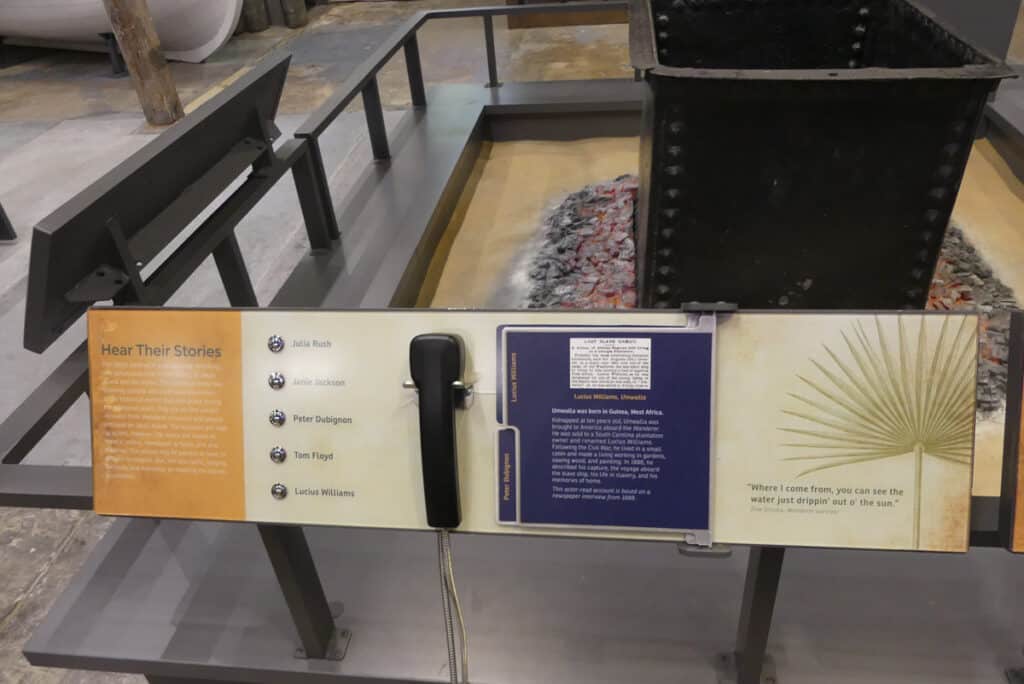
There is an exhibit that shows the space each captive had aboard The Wanderer. Other exhibits tell of other events and people related to the story of The Wanderer. Wemba Congo and August Congo, who were brought to America on The Wanderer, were sold in Louisiana. When the Civil War erupted three years later, they were some of the first Black soldiers to enlist in the Union Army in the state. It’s appropriate that they used portions of the beach on the south end of Jekyll Island as the setting in the movie Glory.
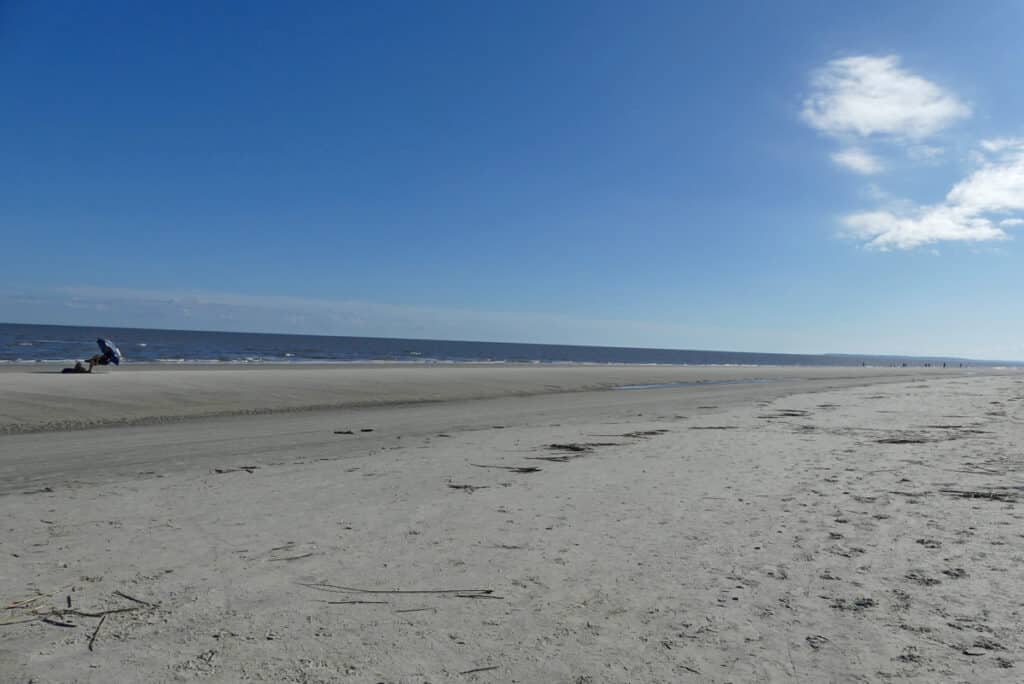
Lamar, far from being disgraced by his trials, was appointed commander of the regiments stationed on Jekyll Island.
After the Civil War, plantations were no longer profitable and in 1886, John Eugene DuBignon, the current owner of the Island, sold it to a group of 100 millionaires including Rockefellers, Goulds, Vanderbilts, and their contemporaries. They wanted it mainly as an exclusive hunting lodge. They built the Clubhouse that is the Jekyll Island Club Resort today. As it became more popular, the rich owners built huge mansions they considered cottages.
A great way to tour the Historic District is on the Landmark Trolley Tour. It takes you past many of the cottages and includes admission to Mosaic, Indian Mound, once owned by William Rockefeller, and Faith Chapel, with its beautiful stained-glass windows. One of the windows is a 100-year-old Tiffany.
Driftwood Beach, the most unusual beach you may ever see, is worth a visit. It is filled with large, petrified driftwood trees that form a strange type of sculpture. It’s near The Wanderer Trail and Horton House. The island has seven beaches in all.
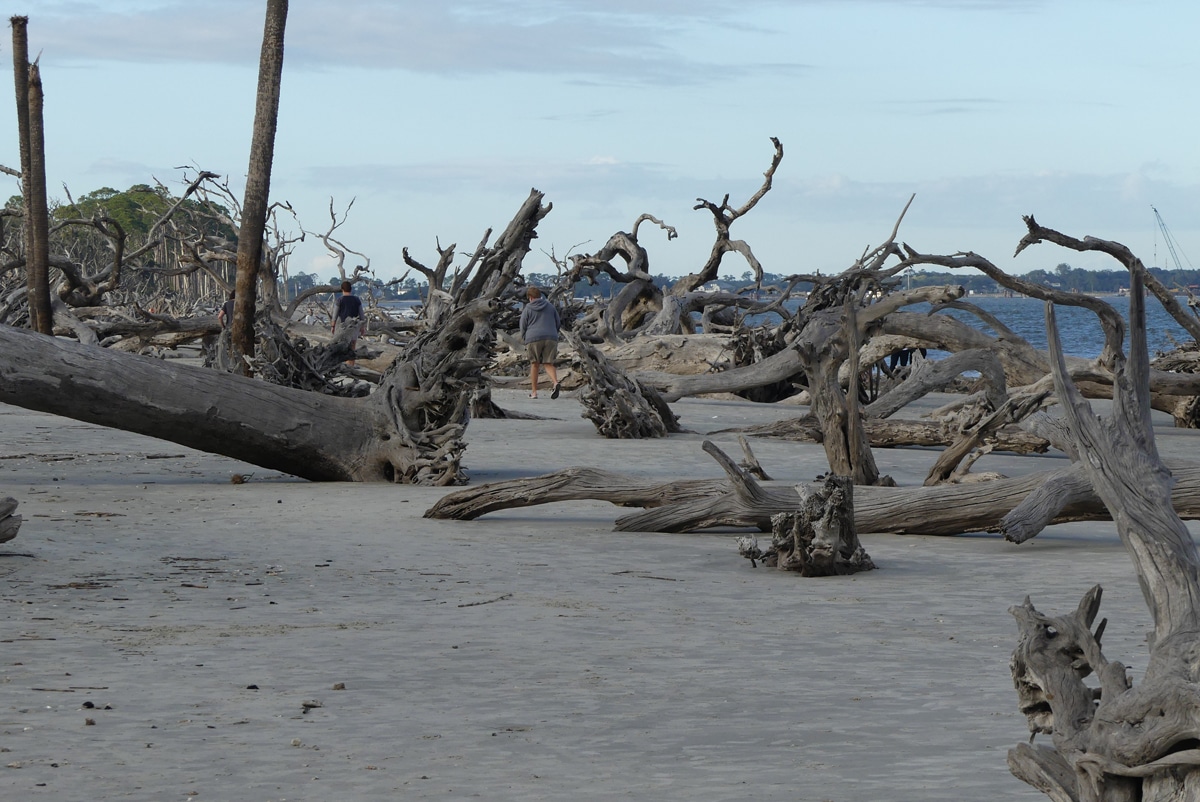
Sea Turtle Rescue is housed in what was the Power Plant building when Jekyll was a private club. It’s a combination of a museum and a turtle hospital. The museum section teaches you all about turtles. The hospital section, behind the main building, is where you find injured turtles who are being treated and hopefully will one day be returned to the wild.
Beach Village is midway between the Horton House and the Historic Section next to Corsair Beach Park. It’s where you find boutique shops, restaurants, and pubs.
Wherever you go on Jekyll Island, history shaped it.
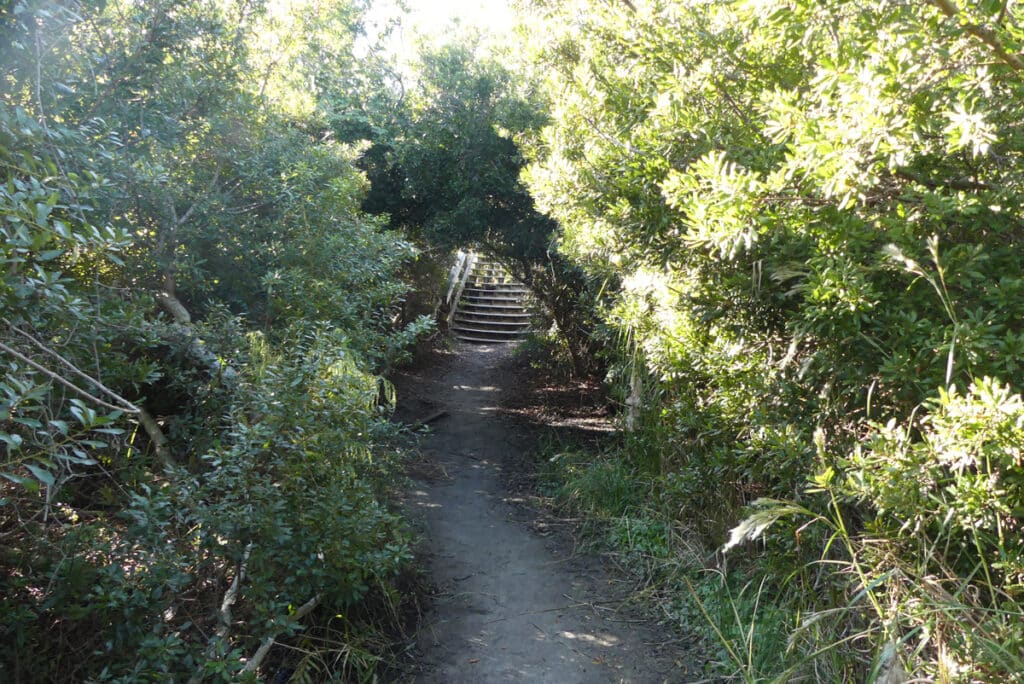
COVER: Clubhouse that is now Jekyll Island Club Resort. Photo: Kathleen Walls
Where to Stay in Jekyll Island, USA?
Use the interactive map below to search, compare and book hotels & rentals at the best prices that are sourced from a variety of platforms including Booking.com, Hotels.com, Expedia, Vrbo and more. You can move the map to search for accommodations in other areas and also use the filter to find restaurants, purchase tickets for tours and attractions and locate interesting points of interest!
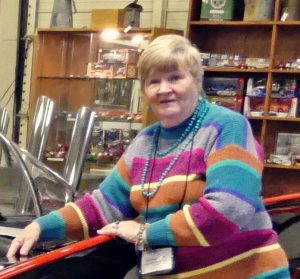
Kathleen Walls, former reporter for Union Sentinel in Blairsville, GA, is publisher/writer for American Roads and Global Highways. She is the author of several travel books including Georgia’s Ghostly Getaways, Finding Florida’s Phantoms, Hosts With Ghosts, and Wild About Florida series. Kathleen’s articles have appeared in Family Motor Coaching Association Magazine, Food Wine Travel Magazine, Weekender Extended, Travel World International, Tours4Mobile and others. She is a photographer with many of her original photographs appearing in her travel ezine, American Roads, as well as other publications. Her fiction includes Last Step, which was made into a feature movie of the same name by Forbes Productions, Kudzu, Under A Bloody Flag and Under A Black Flag.
PODCAST FEATURE
Listen to Kathleen’s interview talking about the American south.
